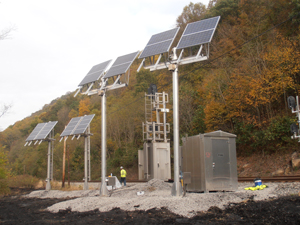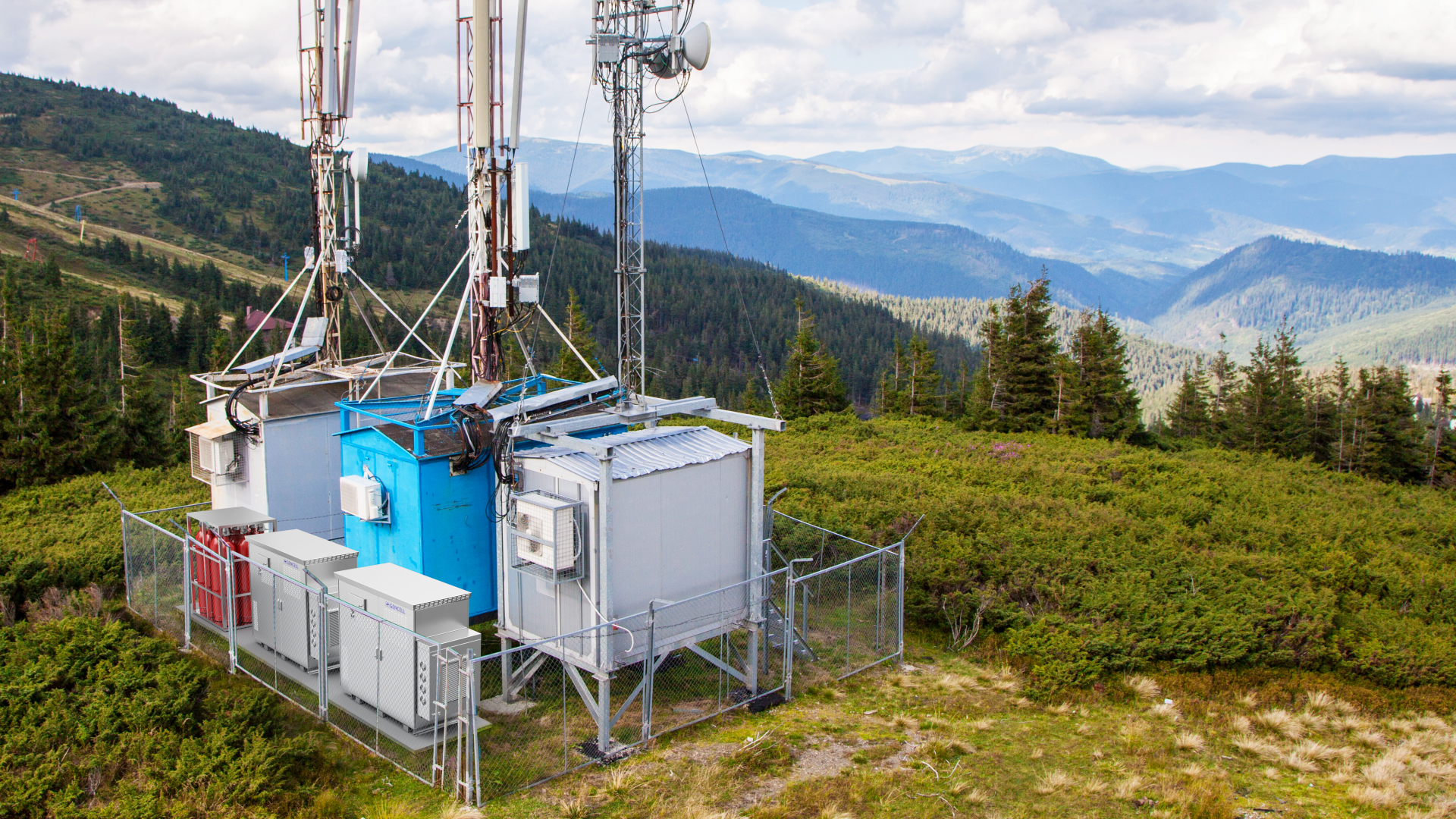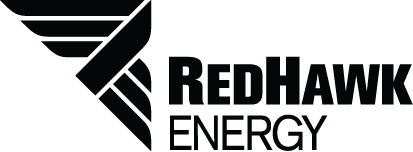Distributed Energy
Enhancing Efficiency and Resilience with Distributed Energy
As our nation’s electrical grid faces increasing demands and ongoing evolution, industry leaders are tasked with modernizing infrastructure to enhance reliability, efficiency, and long-term resilience. Distributed energy resources (DERs) have emerged as a crucial strategy to meet these challenges, offering business owners and leaders alternative energy solutions that prepare organizations for a dynamic future. These resources are not only accessible and customizable but also capable of boosting energy efficiency and reducing long-term energy costs. Let’s explore how this technology works and how RedHawk Energy can support your goals.
Benefits of Distributed Energy
Efficiency
Distributed Energy Resources (DERs) supply energy directly to the end-user, bypassing the need for long-distance transmission from centralized power plants. This direct delivery minimizes energy loss and enhances overall energy efficiency.
Cost
DER users can enjoy significant cost savings by operating their own energy sources. This approach shields your organization from the rising costs of regional power suppliers, even if the DER doesn’t cover 100% of your electricity needs. Additionally, any surplus energy your DER generates can be sold back to the regional grid, providing an extra financial benefit.
Resilience
Diversifying power sources adds a layer of protection against unexpected disruptions. In the event of a critical outage on the centralized grid or a drop in solar or wind energy due to extreme weather, having multiple energy sources ensures your organization remains operational.
Renewable Energy
While not all DERs are based on renewable energy, many do rely on sustainable sources. Incorporating DERs into your energy strategy allows your business to contribute to reducing carbon emissions and enhancing local sustainability.
Examples of Distributed Energy Resources:

Solar (PV) Power Systems
Prime & Backup Power
System Range: 50W-5kW
Solar (PV) is a proven source of DC power that converts sunlight directly into electricity. Solar (PV) can be effective in any environment that receives solar radiation, even in locations like Alaska and Northern Canada when properly sized. Since 1982, we’ve provided over a thousand reliable Solar (PV) Power Systems for a variety of wayside rail power requirements and offer the industry’s most comprehensive mounting options including our RP Series Retractable Mast ensuring that we can meet virtually any site requirement and/or budget.

Alkaline Fuel Cells
Extended-Run Backup Power
System Range: 5kW+
Alkaline Fuel Cells (AFC) were one of the first fuel cell technologies developed, and they were the first type widely used in the U.S. space program to produce electrical energy and water on-board spacecraft. Powered by hydrogen or ammonia our AFCs are capable of providing long-duration backup power in a compact, resilient and zero-emissions package. AFCs are ideally suited for for critical telecommunications and other mission-critical applications.
Interested in learning more about how RedHawk Energy can assist you with Distributed Energy Resouces? Learn more here from our Distributed Energy Resouces 101 post.

